Picture this: you walk into a home with multiple family members, yet the cat consistently gravitates toward just one person. While this might seem like simple preference, the science behind feline favoritism reveals a fascinating world of evolutionary psychology, chemical communication, and survival instincts that goes far beyond basic love.
The truth is, your cat isn’t just being picky. This selective bonding behavior stems from thousands of years of evolution, complex neurochemical processes, and surprisingly sophisticated decision-making that would make any behavioral scientist take notes.
The Evolutionary Blueprint of Feline Selection
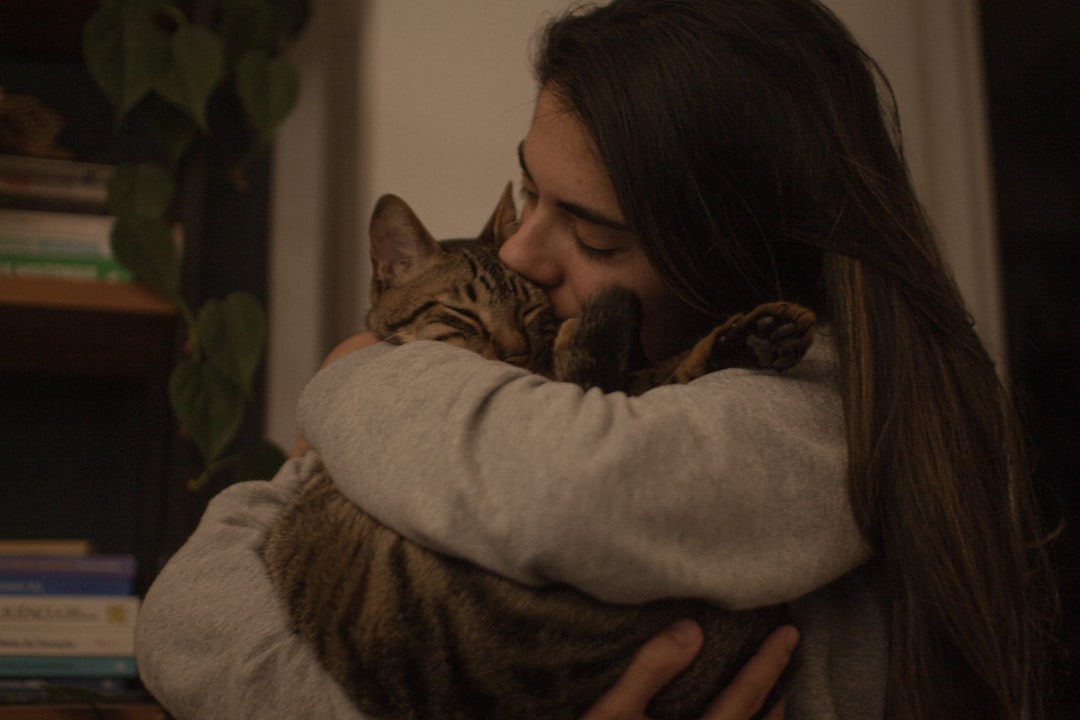
Cats’ process of choosing a favorite human stems from a combination of personality, human-cat communication, routine, and environment. Their selective nature isn’t random or petty – it’s actually rooted in thousands of years of evolution and sophisticated behavioral adaptations that helped their ancestors survive.
Around nine thousand years ago, cats’ wild ancestors domesticated themselves when they learned that people were an excellent source of food and shelter, which relates to how today’s domesticated cats often choose to bond with one person. This preference often extends beyond just the food provider. What’s remarkable is how this ancient survival strategy still influences modern cat behavior today.
According to science, your tiny house tiger inherited many of the solitary traits of their bigger cousins. This is one reason why some kitties may struggle to make friends with other cats. Yet they’ve adapted brilliantly to form selective bonds with humans, making their choice all the more meaningful.
The Science of Attachment Styles in Cats
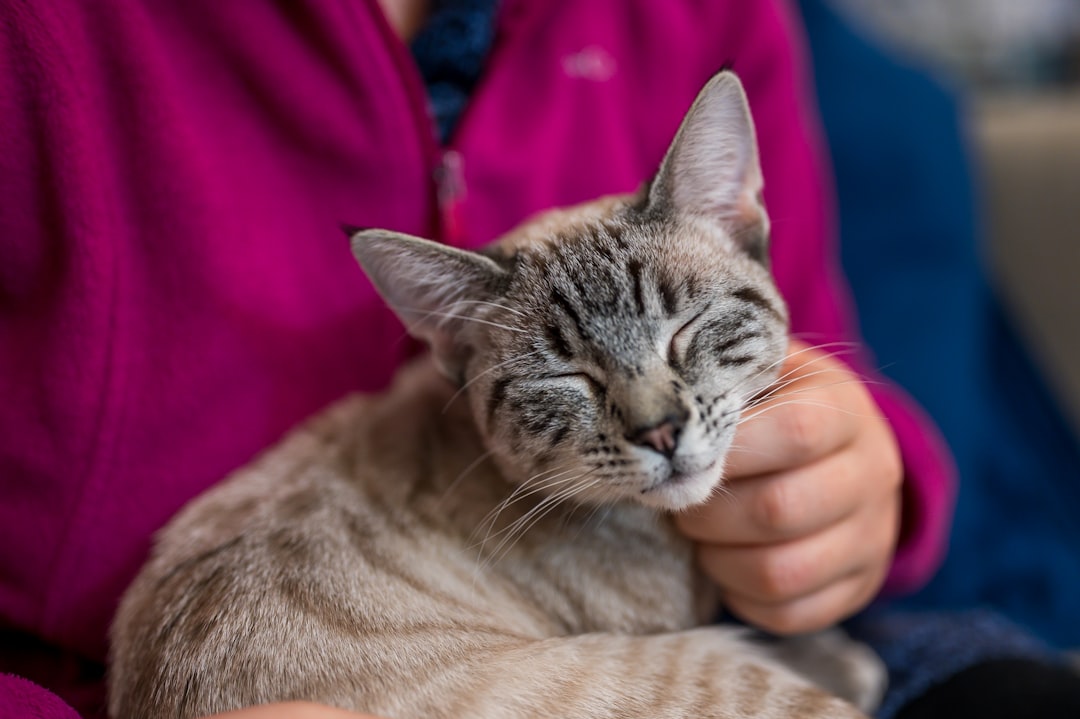
Cats may have “attachment styles” that resemble those of people. And contrary to cats’ aloof reputation, most felines form deep, secure bonds with their owners, researchers say. This groundbreaking research has revolutionized how we understand feline psychology.
Of the classifiable kittens, 64.3% were categorized as securely attached and 35.7% were categorized as insecurely attached. The percentages nearly mirrored the kitten population – 65.8% secure and 34.2% insecure. It was surprising, Vitale said, to find how closely the proportion of secure and insecure attachments in the kitten and adult cat populations matched the human infant population.
These attachment patterns remain remarkably stable throughout a cat’s life. Once an attachment style has been established between the cat and its caregiver, it appears to remain relatively stable over time, even after a training and socialization intervention. This means those early interactions with your chosen human are absolutely crucial.
The Complex Chemistry of Pheromone Bonding
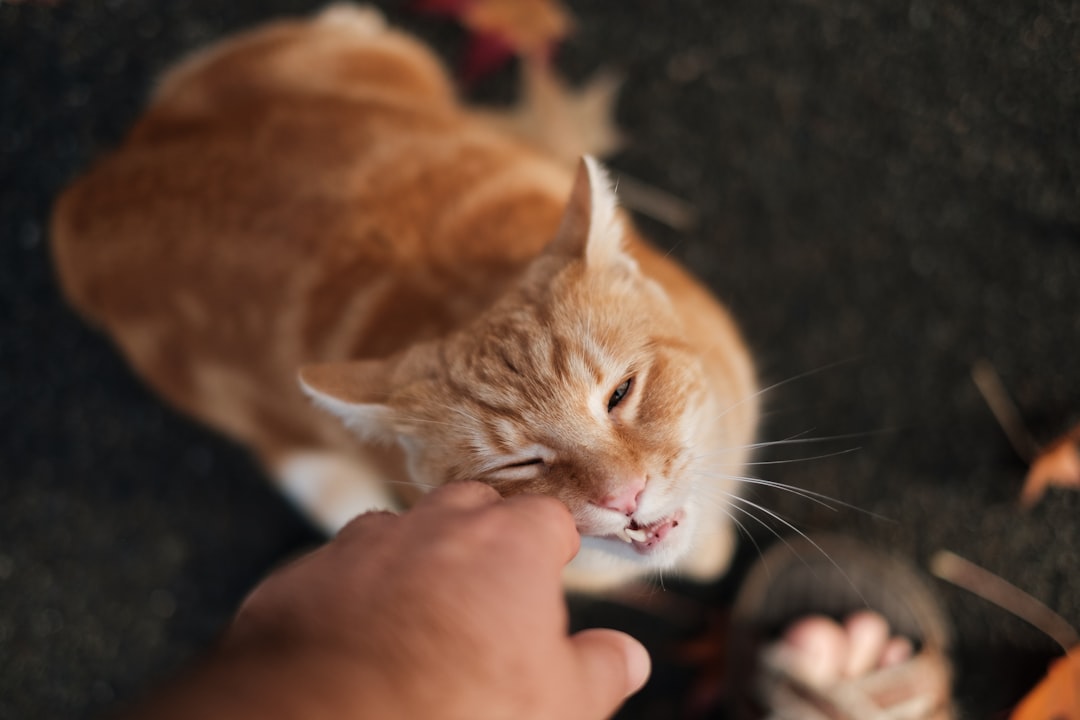
Cats scent mark their owners, with the most obvious reason being marking us as part of their territory – when another neighborhood cat comes calling, they will smell your cat’s pheromones on you and know who your cat is and that you belong to them. When your cat rubs up against you, they’re marking you as their personal property.
The pheromones released during this process serve multiple purposes. Cats may mark us for their own benefit through feline facial secretions, with some released when a cat rubs their face against something, including at least one known to cause a soothing calming effect by marking us as something that soothes them. Essentially, your cat is creating their own personal stress-relief system by marking you with calming pheromones.
Did you know that your cat’s facial pheromone secretions contain multiple chemical compounds? Your cat will know exactly what each means. F4 is important for social relationships within groups of cats: cats that get on will rub against each other (called allo-rubbing) and also allo-rub the same places. Hence it is thought to create a ‘group scent’.
The Resource Provider Advantage
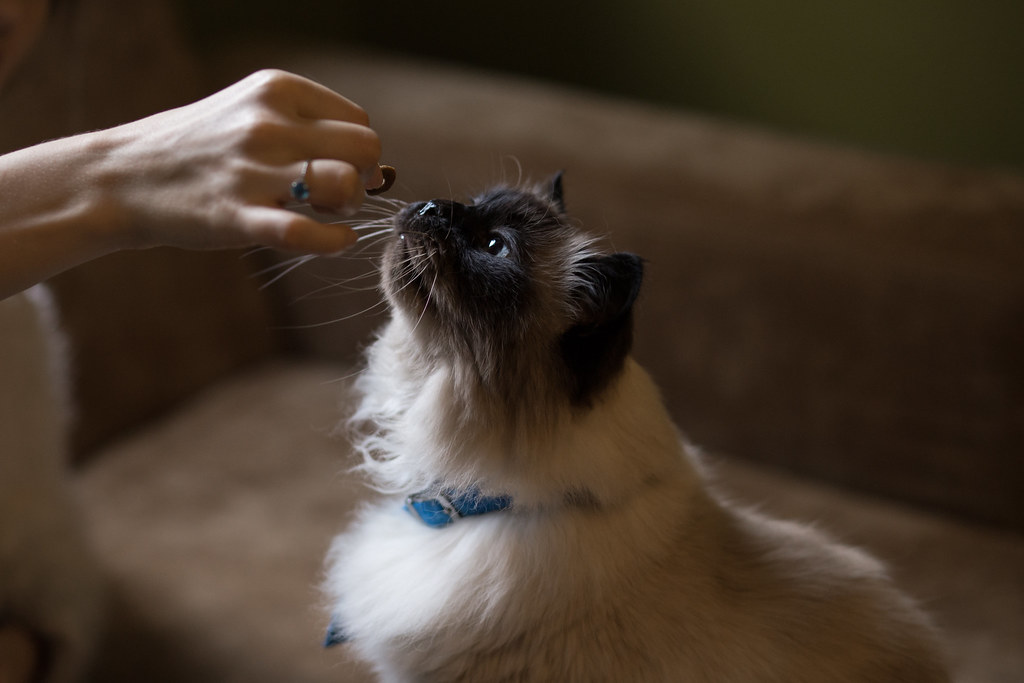
However, DeVoss says cats generally gravitate toward people who feed them, play with them, give them tasty treats, and keep their litter box clean. Cats generally gravitate toward people who feed them, play with them, give them tasty treats, and keep their litter box clean. Your cat is essentially conducting a cost-benefit analysis, determining which human offers the most comprehensive care package.
Dr. Perry suggests that you “be the source of all good resources.” Instead of leaving food out, serve your cat meals, and call her when it is time. Set aside a little time at least once a day to play with, pet, or groom her if she enjoys those activities. This consistent provision of resources creates a powerful bond that goes beyond simple feeding.
However, this isn’t just about food dependency. Cats are sensitive to human behavior, and they may choose to bond more closely with individuals who provide them with positive experiences, such as food, play, and gentle affection. The key word here is “positive” – it’s about the quality of interactions, not just their frequency.
Communication Styles That Create Deep Bonds
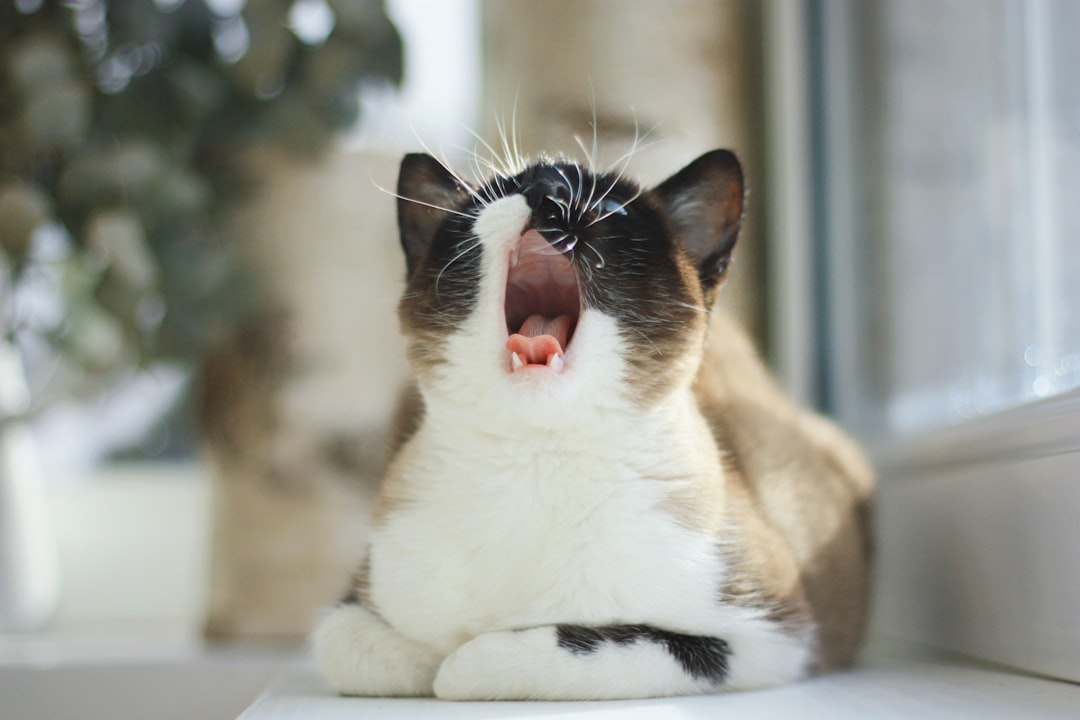
The best cat-human relationships happen when you communicate with your kitty in a way they like. One surprising fact about cats is that they don’t meow to communicate with each other. So, what does it mean when your kitty meows at you? This is actually a form of communication cats have developed to talk to their human companions. Think about it: to show their love, your cat developed a whole new way of communicating.
Additionally, she says cats prefer when you have a calming presence, consistent patterns, and predictable movements and exhibit cat-friendly, welcoming body language. This consistency in communication style becomes a major factor in favoritism.
Your cat probably likes to rub their head on you too. It’s a lovely greeting and a sign that they include you as part of their social group. Interestingly, Scientists have also found that cats prefer us to pet them in the places around the head and face where they make pheromones.
The Paradox of the Reluctant Human
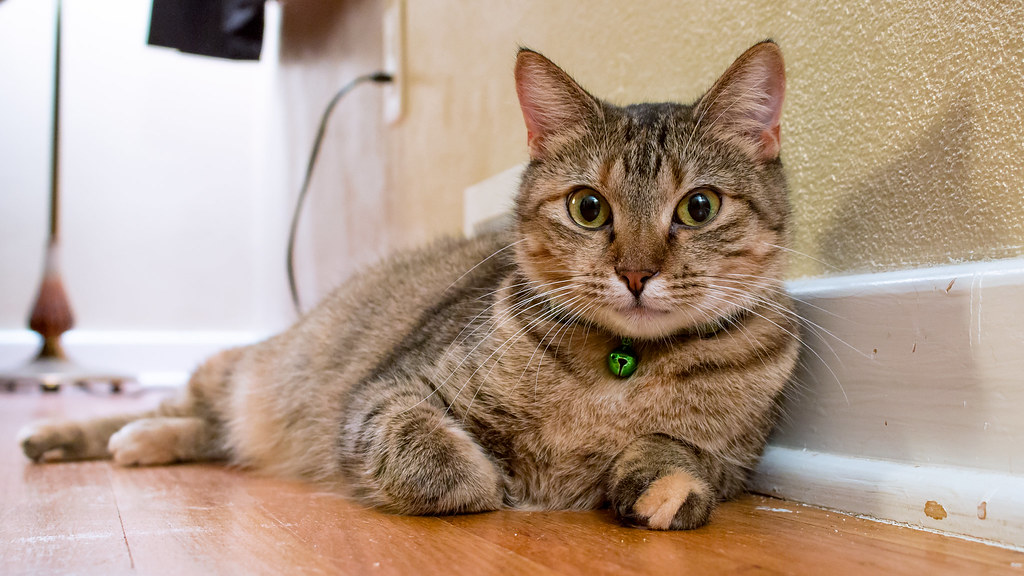
This might surprise you, but quite often, a cat’s favorite person is someone who doesn’t like cats that much at all, and it’s the people who avoid them and don’t invade their space who might end up being the favorite. This isn’t cats being contrarian – it’s actually brilliant behavioral psychology. Cats value autonomy and control over their interactions.
Cats value autonomy and control over their interactions. Cats prefer to feel in control, so you should allow your cat to come to you and initiate interactions, and don’t forcibly touch or pet them in places they dislike. The person who respects these boundaries naturally becomes more attractive to a cat.
In some cases, it seems like the harder you try to get your cat’s affection, the less interested they are, with people who avoid them and don’t invade their space potentially ending up being the favorite. This teaches us something profound about feline psychology and consent. This counterintuitive behavior reveals just how sophisticated cat social intelligence really is.
Early Socialization Windows and Critical Periods
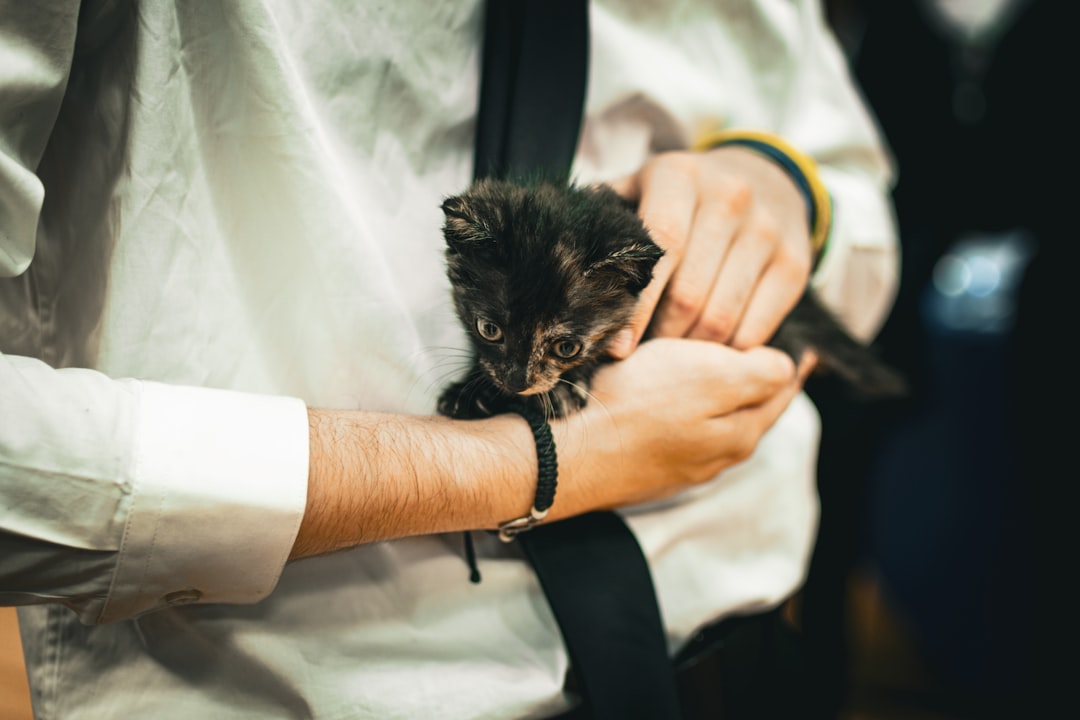
DeVoss says there’s a critical window in a kitten’s early social development. The first two to seven weeks of their life play a significant role in how kittens respond to people. Regular handling and exposure to different sounds and smells can help kittens grow into well-adjusted, human-bonded cats.
However, kittens without any human interaction during that period will be more guarded, suspicious of other people, or even fearful. DeVoss says anything a cat didn’t experience during that development window in their kittenhood will take time to learn they can trust it.
Imprinting is something that happens during the sensitive, early development period of an animal’s life. During this stage, an animal will (hopefully) build bonds or attachments – usually with their (cat) parents or the person who is taking care of them. This early imprinting process can determine lifelong bonding patterns.
Personality Matching and Behavioral Compatibility

The time it takes to bond with a cat can vary widely and depends on the individual cat’s personality, background, and previous experiences. After all, each kitty has a distinct personality, and it’s our responsibility as pet parents to respect that and aim to meet them on their level.
Lastly, DeVoss says trauma also shapes a cat’s ability to attach to specific people. If a cat (or kitten) was in an abusive or neglectful situation with a certain demographic, they’re more likely to feel uncomfortable and unsafe around some type. This shows how deeply past experiences influence current bonding preferences.
Our findings reveal that owner neuroticism and poor mental well-being are linked to anxious pet attachment in both dog and cat owners. Pet characteristics, such as unwanted behavior and lower human sociability are associated with avoidant attachment style. The human personality plays a significant role in these relationships too.
The Security Factor in Feline Favoritism
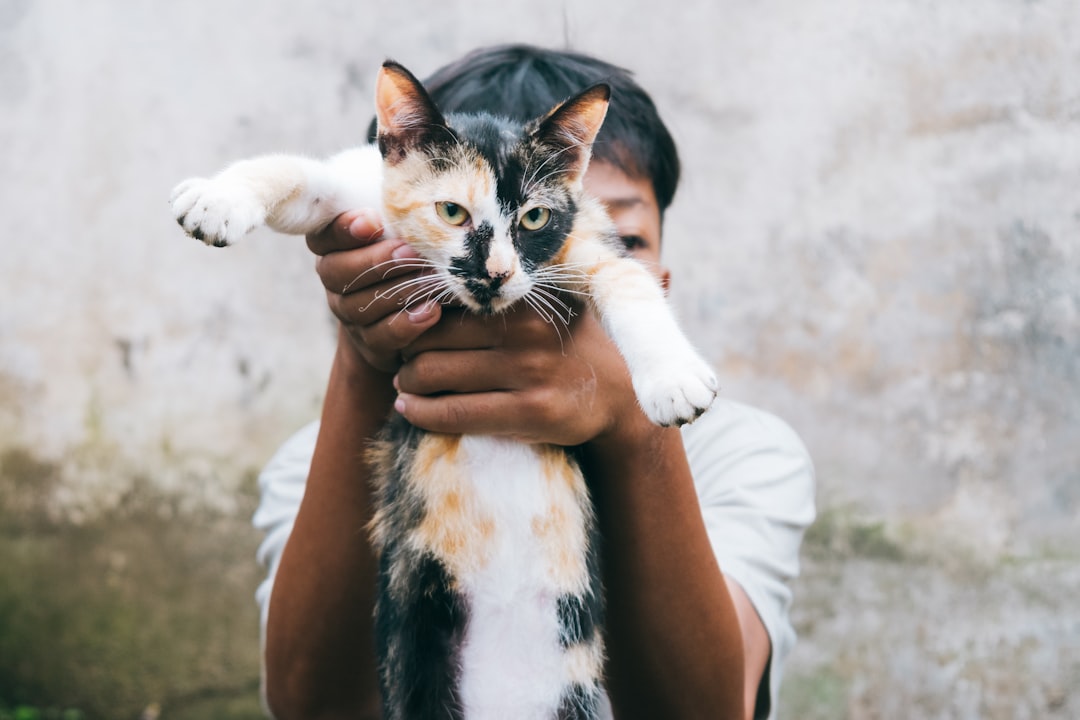
But the majority of cats use their owner as a source of security. Your cat is depending on you to feel secure when they are stressed out. Upon the caregiver’s return from a brief absence, individuals with secure attachment display a reduced stress response and contact-exploration balance with the caretaker (the Secure Base Effect).
If you have a cat who is securely attached, that cat can utilize their pet parent as a source of comfort and security to relax. If you have a cat who is insecurely attached, that cat is not able to use their pet parent as a secure base and will display persistent distress when presented with a stressor.
Attachment is a biologically relevant behavior. Our study indicates that when cats live in a state of dependency with a human, that attachment behavior is flexible and the majority of cats use humans as a source of comfort. This biological drive for security heavily influences who becomes the chosen one.
The Unmistakable Signs of Being “The Chosen One”
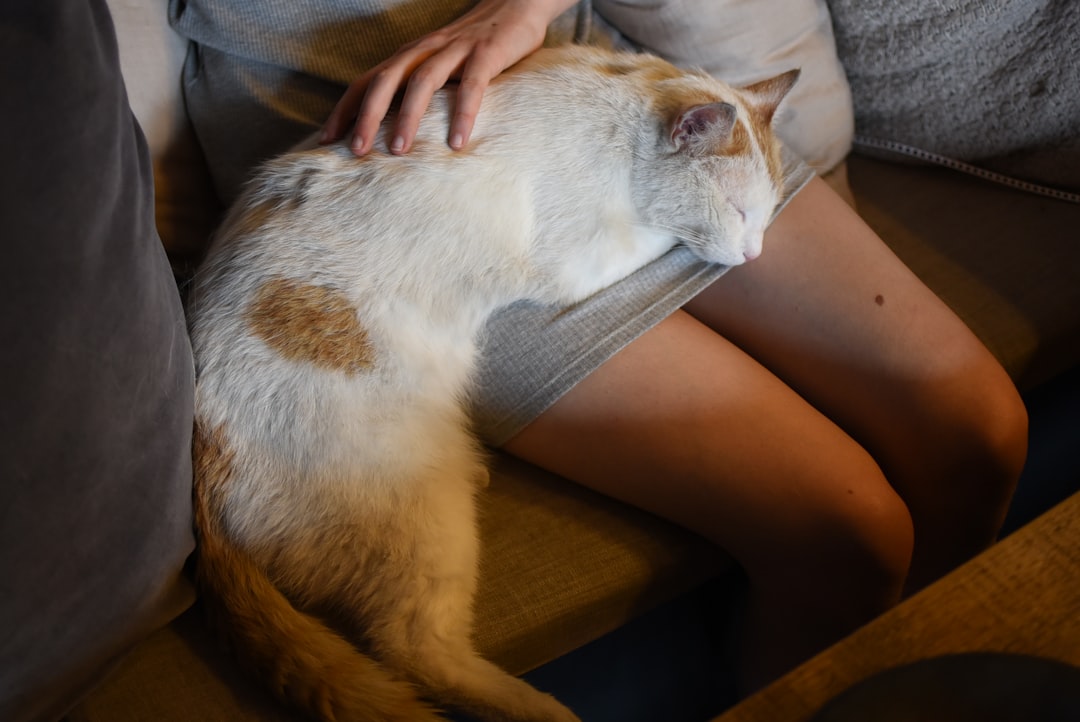
Beyond the most obvious and universal displays of feline happiness and contentment, like purring and kneading, there are some other subtle and unmistakable signs you’re your cat’s favorite person. Molly DeVoss, a Certified Feline Training and Behavior Specialist and founder of Cat Behavior Solutions, says these signs include the following.
Bringing you their toys. Cats often carry their toys to their favorite person when they want to engage them in interactive play. When cats expose their vulnerable stomachs to us and roll around flashing their bellies, they communicate deep trust. Following you around the house and sleeping next to you on the couch are some ways cats show they love you.
One indication might be if yours is the lap they choose to curl up on when given a choice, and if they fully relax and fall asleep, that’s the ultimate display of trust – equally, if they rub against you and give you affectionate headbutts known as bunting, it means you’re doing something right. These behaviors represent the highest forms of feline trust and attachment.
Understanding why cats choose their special human reveals a complex interplay of biology, psychology, and evolutionary adaptation that’s far more sophisticated than simple affection. From pheromone marking that creates shared scent profiles to attachment styles that mirror human psychology, our feline companions are making calculated decisions based on security, compatibility, and trust.
The next time you witness your cat’s unwavering devotion to one particular person, remember that you’re observing millions of years of evolution in action. This isn’t just love – it’s a profound interspecies bond built on mutual understanding, respect, and biological compatibility. What insights about your own cat’s bonding behavior surprised you the most?





